Shrunken head
Contents
Shrunken heads
Shrunken heads from about 1940 from Ecuador.
Shrinking heads was traditionally part of the culture of indigenous peoples and ethnic groups of South America, especially the Aguaruna and Shuar in Ecuador and Peru. After armed conflicts between warring tribes, the victors used to cut off their dead opponents' heads.
As soon as possible, the skull bones were removed and the mouth and the eye holes were sewn from the inside. Then the skin was filled with sand and heated in hot water (not boiling, so that the hair did not dissolve) and pre-shrunk. Further shrinkage to the desired size took place with stones and hot sand, which were swivelled inside the shrunk head. The darkness of the skin was presumably caused by smoke.
The religious-magical idea behind shrunk-head manufacturing was that the physical and mental energies of the vanquished would pass over to the owner of the head. Anyone who could show a large collection of shrunken heads was therefore a dreaded magician and warrior.
Repair with Liquid Leather.
Shrunken heads have often been falsified and made from animal skin. Sometimes to deceive people, but sometimes also as a leather accessory.
Imitation shrunk head at the horror films festival in Sitges near Barcelona.
Scalps - Scalping
Scalping is the removal of the human scalp (scalp with hair). This method is best known from the indigenous peoples of North America. The scalps of the killed enemies were collected as trophies. This was usually done after the enemy's death. Scalping has also existed in other cultures. The scalp was not tanned but dried.
Scalp and scalpel knife of the indigenous peoples of North America.
Leather from human skin - human leather
The use of human skin for any purpose, including the manufacture of leather products, violates basic ethical principles and is prohibited by law. Nevertheless, in the history of mankind, cases of processing human skin into leather have repeatedly cropped up.
- An unusual case occurred in England in the first half of the nineteenth century. After the execution of a murderer his skin was used to cover the process files.
- A count of Erbach in Hesse (Germany) is said to have made himself trousers from the skin of an underling.
- In the Bavarian (Germany) army museum there is supposed to be a drum, which is covered with human skin.
- In the collection of the library of the University of Harvard a book has been found, which has been covered with human skin. The title: "Des destinées de l'âme" by the French writer Arsène Houssaye from the 19th century.
Leather book covers made of human skin.
- It was reported that in the time of Hitler the skin of concentration camp prisoners was processed into parchment for lampshades. Objects were not found, but testimonies say that the camp commandant of Buchenwald had a lampshade made with the skin of victims and that the frame of the lamp partly consisted of human bones. A serial production, however, probably did not exist.
- The film "The Silence of the Lambs" is about a serial killer who kills young women to sew a dress from their skin to transform e him into a woman.
Additional information







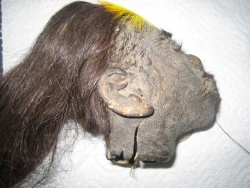
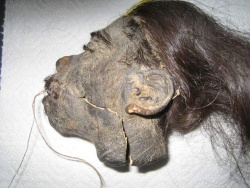
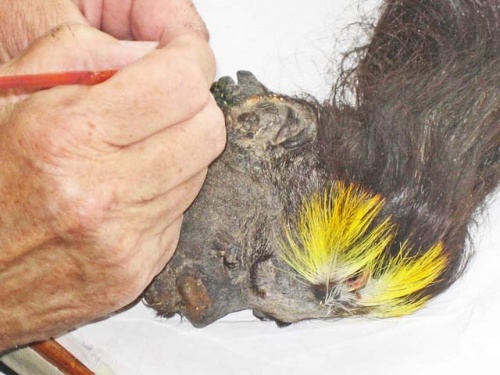
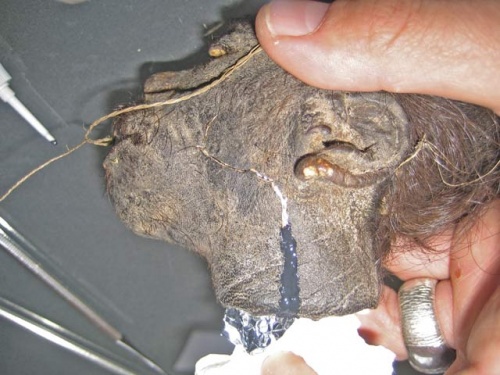
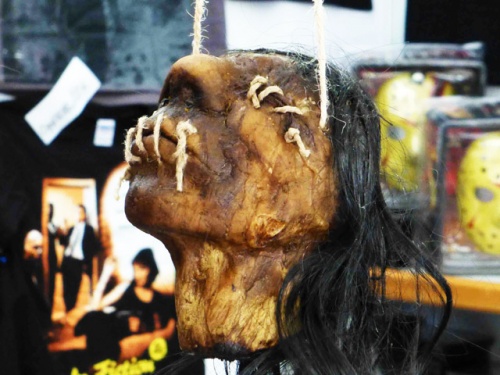
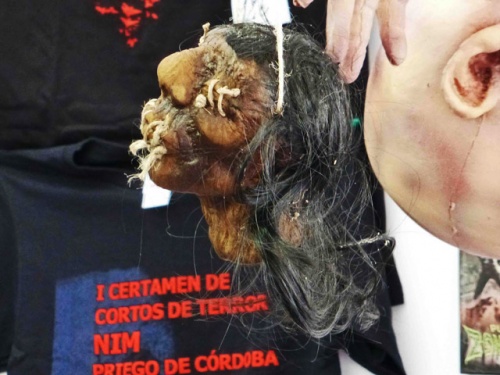
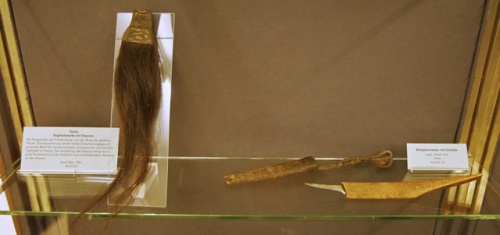


 a kotori web solution
a kotori web solution